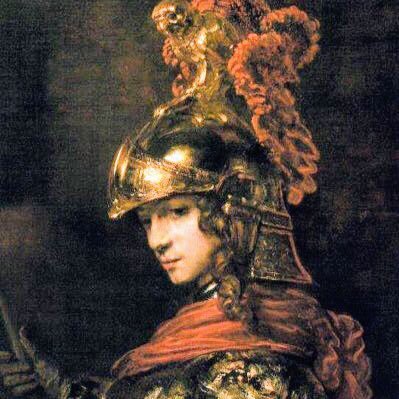Minos depicted by William Blake as part of his illustrations of Dante's Divine Comedy. The original object for this image is held by the National Gallery of Victoria.
“… o corpo humano é o princípio de tudo, a principal matéria-prima. Na pré-história, desenhavam mulheres grávidas seguramente para compreender o mistério da fertilidade, para agradecer aos deuses o fato da mulher ter engravidado, para assegurar que o nascimento fosse feliz.” RC
When Marsyas played the flute, everyone became frenzied with joy. This led Marsyas to think that he was better than Apollo, and he challenged the god to a musical contest. The contest was judged by the Muses, or the nymphs of Nysa.
Marsyas was a satyr who was punished by Apollo for his hubris. He had found an aulos on the ground, tossed away after being invented by Athena. She had also placed a curse upon the instrument, that whoever would pick it up would be severely punished.
In Hellenistic times, especially during the 5th century BCE, as Apollo Helios he became identified among Greeks with Helios, the personification of the sun.
Medicine and healing are associated with Apollo, whether through the god himself or mediated through his son Asclepius. Apollo delivered people from epidemics, yet he is also a god who could bring ill-health and deadly plague with his arrows.
Apollo Chiron and Aescalapius












